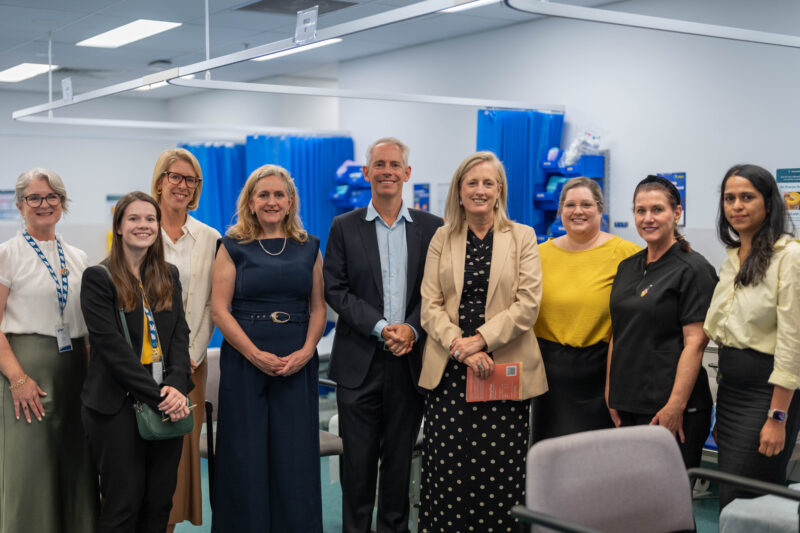
18 March 2025
The Federal Government’s commitment to establishing 22 endometriosis and pelvic pain clinics across Australia was realised in the region in the second half of 2023, with the opening of the Epping Plaza Medical and Dental Centre and EACH Ringwood.
Endometriosis is a complex and debilitating chronic condition that profoundly impacts individuals. Notably, endometriosis affects 1 in 9 girls, women, and those assigned female at birth, and it can take an average of 7 years to receive a diagnosis*. The 2024 Victorian Government’s inquiry into women’s pain shed further light into the requirement to deliver services that are appropriate and culturally safe.
The endometriosis and pelvic pain clinics are designed to provide greater access to appropriate and timely care, working toward early diagnosis and a collaborative approach to treatment for patients. Endometriosis and pelvic pain clinics are led by experienced GPs and supported by a skilled multidisciplinary team, including nurses and allied health professionals. These clinics also aim to help build the primary care workforce in the community to manage this chronic condition for years to come.
The response from users of these services has been overwhelmingly positive, with clinics within the catchment having a total of 914 patient visits and providing wraparound care and support for those in the community.
Our service partners also continue to share patient stories like Amy’s:
Twenty – three-year-old Amy** decided to visit the endometriosis and pelvic pain clinic in Epping Plaza Medical and Dental Centre and EACH Ringwood, after struggling with pain for years. Amy had previously tried to get a diagnosis and management plan for pelvic pain and had presented at the emergency department for pelvic pain in the past.
During Amy’s first visit, the GP conducted several diagnostic tests to gain a greater understanding of her condition and pain. After receiving the results, a clinical assessment determined the likelihood of endometriosis. An ENDO scan was then conducted, and Amy was prescribed medication for management of her pain.
Within a month of her first visit, Amy received the results of the ENDO scan and was newly diagnosed with adenomyosis, endometriosis, and polycystic ovaries. The GP worked with Amy on a management plan, which involved contraception to help hormone control, and the consideration of pelvic pain physiotherapy, with a six-week review scheduled to check in on symptoms.
At the two-month mark, Amy reported an improved quality of life, with symptom relief, and was armed with ongoing strategies to help avoid the emergency department in the future.
Amy’s story highlights the comprehensive approach to diagnosing and managing endometriosis and pelvic pain. The integration of diagnostic tests, medical intervention, and ongoing assessment works towards a holistic strategy to address the multifaceted nature of the condition.
*Jean Hailes, 2024
**Name changed to protect identity


